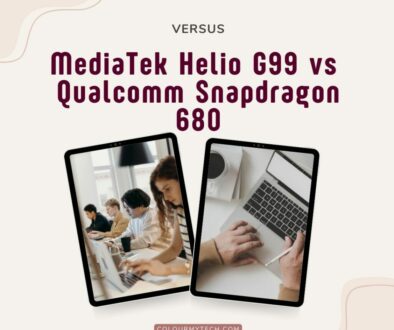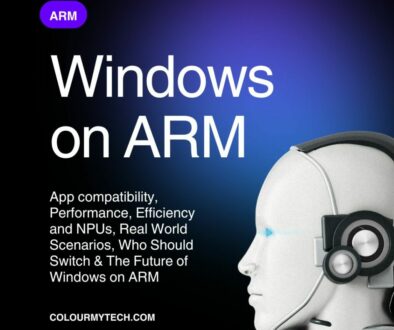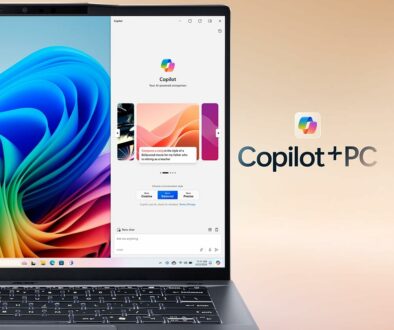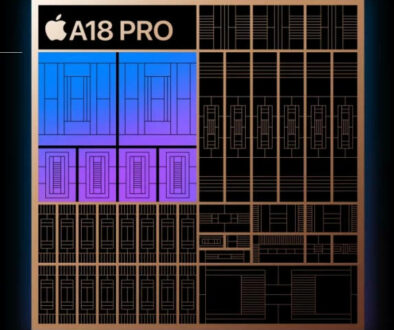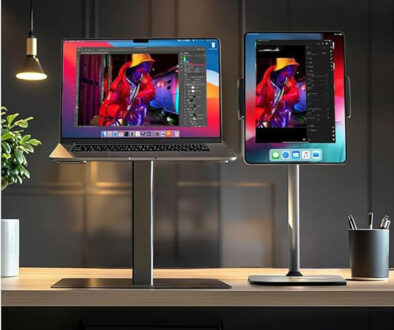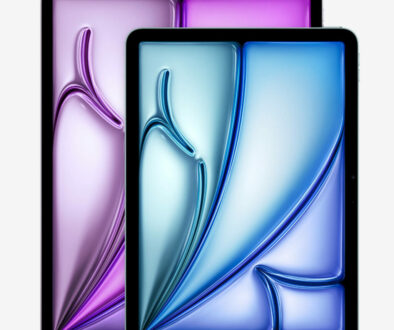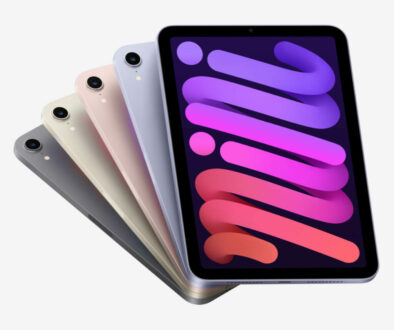MediaTek Helio G85 vs Qualcomm Snapdragon 680: Which chip to power a small table
Looking at Budget small tablets from Samsung, Lenovo, Xiaomi and Honor has piqued our interest in the most popular chips used in these affordable tablets. Are they any good? How to spot a old vs new and which one to go for to power your next mini tablet?
Where are they found? MediaTek Helio G85 is the chip of choice for Lenovo Tab One 8.7 and Xiaomi Redmi Pad SE 8.7 while Snapdragon 680 for Honor Pad X7 8.7-inch. Apart from the small tablet, the Snapdragon 680 is also found in bigger tablets like the CHUWI HiPad Max and Lenovo Tab K11 Plus.

MediakTek Helio G85 vs Qualcomm Snapdragon 680
We take a look at MediakTek Helio G85 vs Qualcomm Snapdragon 680 as these were used in Xiaomi Redmi Pad SE 8.7 and Honor Pad X7 respectively, two popular mid-range processors were in affordable and budget tablets. I’ll highlight their key specs, real-world performance, strengths and weaknesses, and help you understand which one may be the better choice depending on the use case.
Key Specifications & Architecture
| Spec | MediaTek Helio G85 | Snapdragon 680 |
| Manufacturing process | 12 nm (TSMC) | 6 nm (TSMC) |
| CPU configuration | 2× Cortex-A75 @ ~2.0 GHz + 6× Cortex-A55 @ ~1.8 GHz | 4× Kryo 265 Gold (~Cortex-A73) @ ~2.4 GHz + 4× Kryo 265 Silver (~Cortex-A53) @ ~1.8GHz |
| GPU | Mali-G52 MP2 (~1,000 MHz) | Adreno 610 (~1,114 MHz) |
| Memory bandwidth / frequency | LPDDR4X @ ~1,800 MHz / bandwidth approx 13.4 GB/s | LPDDR4X @ ~2,133 MHz / bandwidth approx 17 GB/s |
| Max camera support / ISP | Up to 48MP single lens (varies) | Up to 64MP single lens in many implementations |
| Connectivity / modem | 4G-LTE, Bluetooth 5.0, WiFi 5 (in many devices) | 4G-LTE, Bluetooth 5.1, WiFi 5 (in many devices) |

Benchmark & Real-World Performance
On display in benchmark results: Snapdragon 680 typically scores higher in CPU tests, especially single-core and memory tasks. For example, AnTuTu 10 benchmarks show ~308k for Snapdragon 680 vs ~262k for Helio G85 in some datasets.
3D/GPU performance: While some sources show Helio G85 scoring higher in specific 3DMark tests (e.g., 714 vs 445), it seems likely this depends on specific device/driver builds, other sources clearly favour Snapdragon’s Adreno 610 for smoother graphics in many games.
Efficiency & thermals: Because Snapdragon 680 uses a 6 nm process vs 12 nm for Helio G85, it tends to be more power-efficient, generate less heat, and offer more stable performance under sustained load.

Strengths & Weaknesses
When comparing the Snapdragon 680 and MediaTek Helio G85, both chips power a wide range of affordable mid-range and entry-level tablets and smartphones — but they take slightly different approaches to performance and efficiency.
Snapdragon 680 – Strengths
The Snapdragon 680 benefits from a modern 6 nm manufacturing process, which brings better power efficiency and cooler operation compared to the older 12 nm G85. It also features higher CPU clock speeds and faster memory bandwidth, resulting in smoother user interfaces, quicker app loading, and more fluid multitasking. Thanks to its stronger GPU and balanced performance, it handles mid-range gaming and graphics-heavy apps more comfortably. Additionally, it tends to offer better modem speeds and newer connectivity options, which can translate to more reliable wireless performance in supported devices.

Snapdragon 680 – Weaknesses
On the downside, Snapdragon 680-powered devices are often slightly more expensive, as the chip is positioned in the upper mid-range segment. While efficient and capable, it’s still a 4G-only processor, meaning users looking for true future-proofing and 5G connectivity will need to step up to newer Snapdragon models.

Helio G85 – Strengths
The Helio G85 shines in the budget-friendly category, offering excellent value for money. It’s powerful enough for day-to-day tasks, entertainment, and even moderate gaming, especially in optimised titles. Its GPU performance is respectable for its class, allowing smooth gameplay in popular mobile games at lower settings. It’s widely adopted, making it a reliable and accessible option for affordable tablets and smartphones.

Helio G85 – Weaknesses
However, the G85’s older 12 nm fabrication limits its efficiency, leading to higher power draw and potential heating under heavy load. It also falls slightly behind in memory throughput and modem speeds, which can affect multitasking and download performance. When pushed into more demanding workloads, such as intensive gaming or advanced productivity apps, the G85 begins to show its age.
In short, the Snapdragon 680 is the more refined and efficient chip, while the Helio G85 remains a solid, cost-effective performer for users prioritising affordability over top-tier efficiency.

Which one should you pick?
| Use Case | Recommended Chip |
| Need smoother performance, better power efficiency, plan to keep tablet for several years, moderate gaming & multitasking | Snapdragon 680 |
| On a tighter budget, mostly use tablet for media, browsing, reading, light gaming | Helio G85 |
Verdict: If the price difference is small and you want better long-term performance and efficiency, go with Snapdragon 680. If you’re looking for solid performance at the lowest cost and your usage is moderate, Helio G85 remains a great choice.


